Learn the three major taboos of flower arrangement to avoid turning beautiful things into embarrassing things
Complicated taboos are also one of the aspects that are not paid much attention to in flower arrangement in the new era. This article only gives a brief description of the common flower arrangement at present for reference.
1. Taboo flowers for celebrations
Flowers that bloom for the second time, branches that grow inward, broken or cut leaves, deutzia, cherry blossoms, red maple, hibiscus, lotus, amaryllis, poppy, and the remaining flowers of hibiscus, flowers of chaotic colors, elderflower, papaya, daphne, azalea, three-pronged branched flowers, ginkgo blossoms, flowers of the drupewort, perilla, wisteria, Magnolia, forsythia, amaranth, pomegranate, heather, rape blossoms, pear blossoms, thistle, hibiscus, impatiens, reeds, hydrangea, Japanese cupflower, daylily, white-flowered maple-leaf mosquito grass, purple calyx, gardenia, water lily, wood polygonum, aster, banana, wild watermelon seedlings, canna, golden ring, gentian, and other types of flowers with bad zodiac or alias meanings, flowers that wither in less than a day and cannot last, etc.
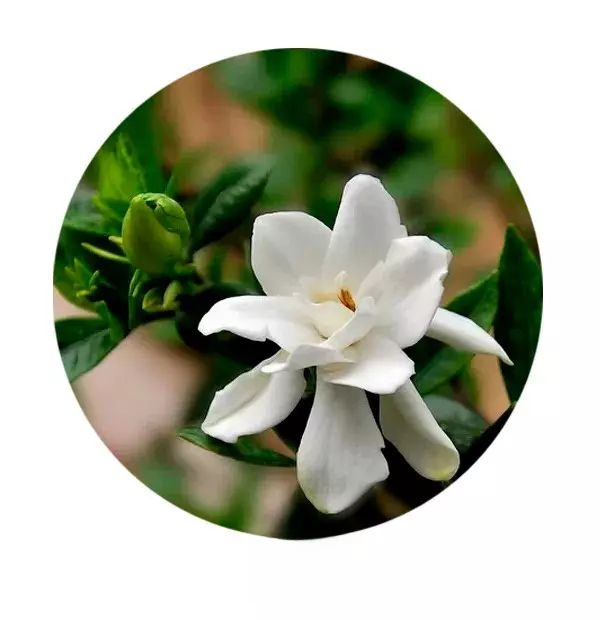
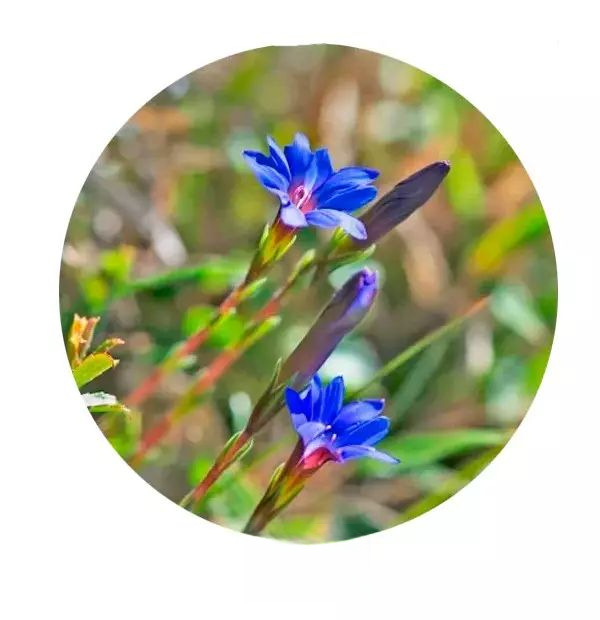
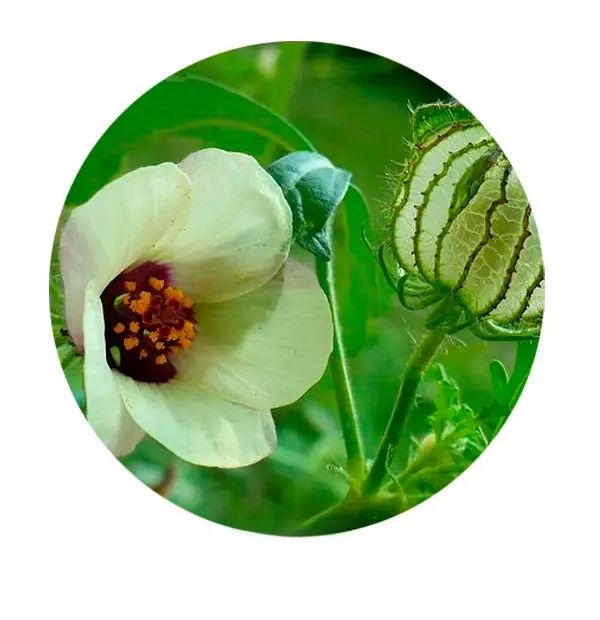
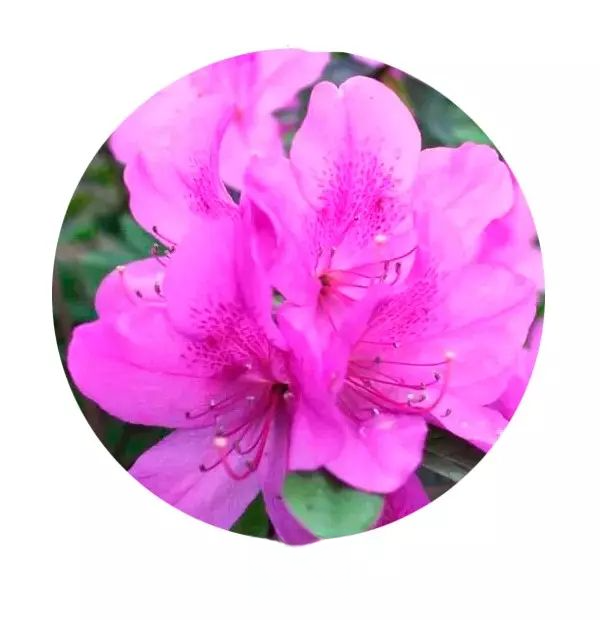
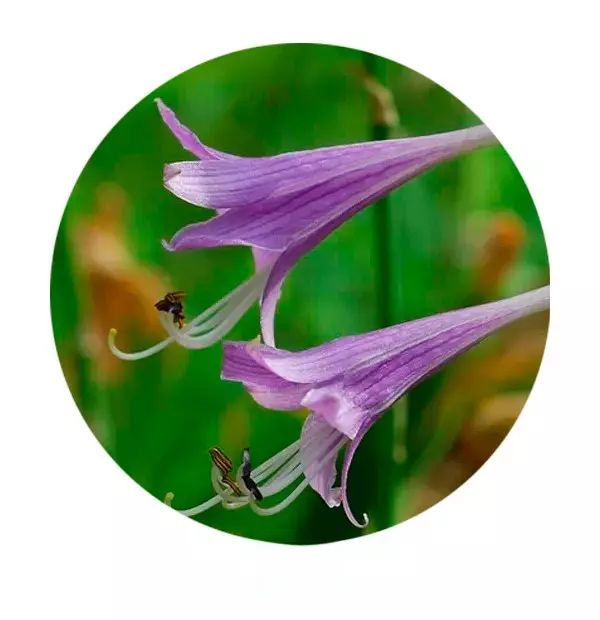
1. Flowers that bloom again after normal blooming due to factors such as temperature. Except for certain varieties, this is generally an abnormal phenomenon that will have an adverse effect on the plant and the quality of the flower itself will also be poor.
2. Branches growing inward: Generally, branches and leaves grow toward the outside of the trunk, but occasionally some grow inward in the opposite direction, which is called incorrect direction.
3. Maple Leaf Flywort with White Flowers: Maple Leaf Flywort is called "Kyokako" in Japanese, and the one with white flowers is also called "Summer Snow Grass".
4. Wild watermelon seedling: a plant of the Malvaceae family, not a wild watermelon seedling. Its scientific name is Hibiscus trionum. The original text here is "morning dew grass". This flower has a beautiful shape, and "morning dew" means fleeting, so it is listed as a taboo flower for celebrations.
5. The author does not elaborate on the names of flowers that are taboo during celebrations listed in the article, because they are poisonous, have a strange smell, are out of bloom, or because the names and meanings of the flowers are not festive. However, the names and meanings of flowers are in the specific context of Japanese, and readers can only use them for reference.
2. Taboo flowers for celebrating moving to a new house
Fire is the most taboo in a new house. When arranging flowers, red flowers or flowers with names containing words such as "red", "red", and "fire" should not be used.
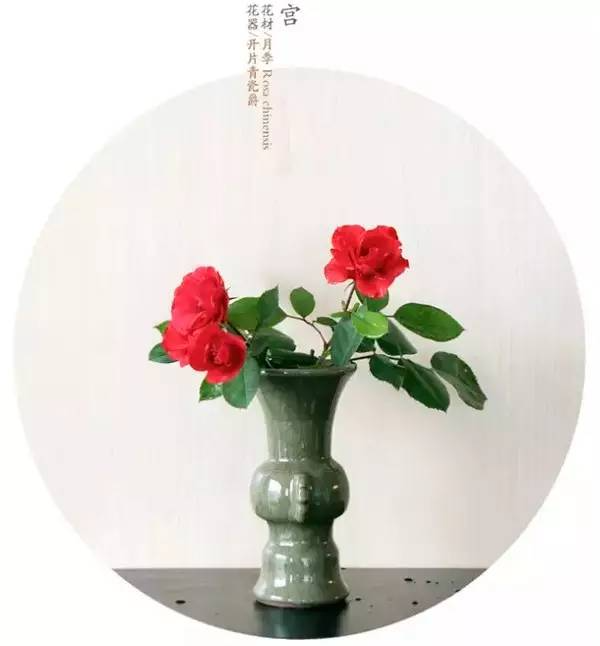
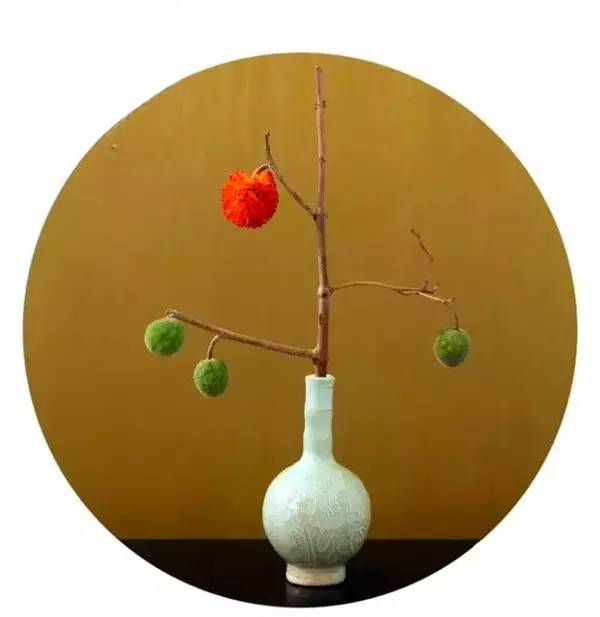
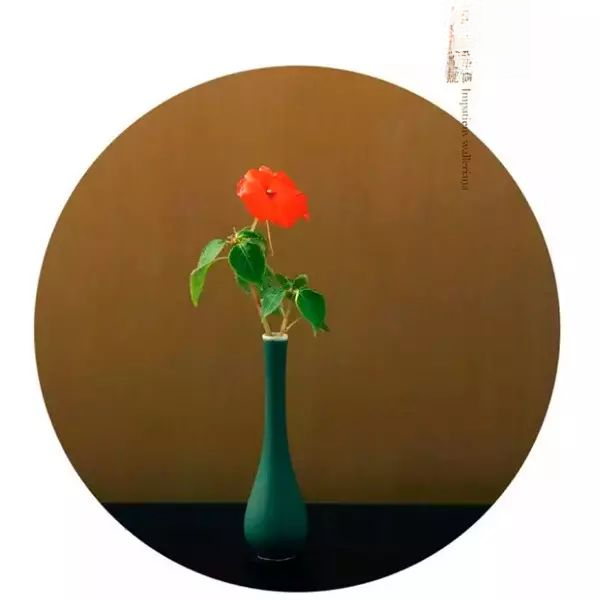
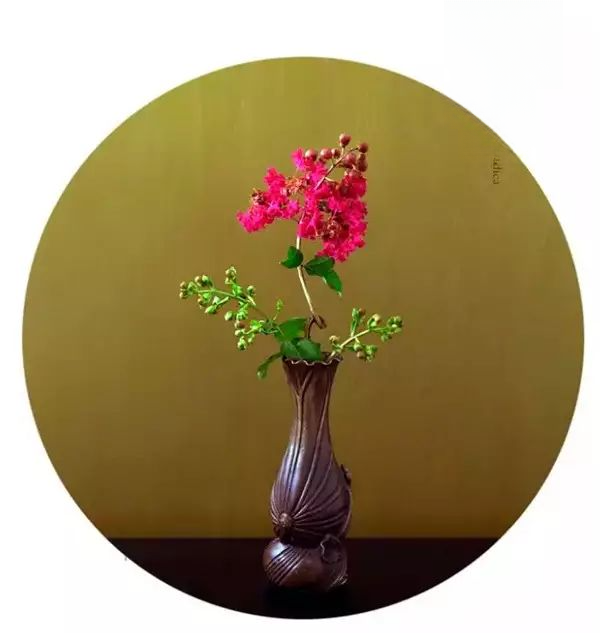
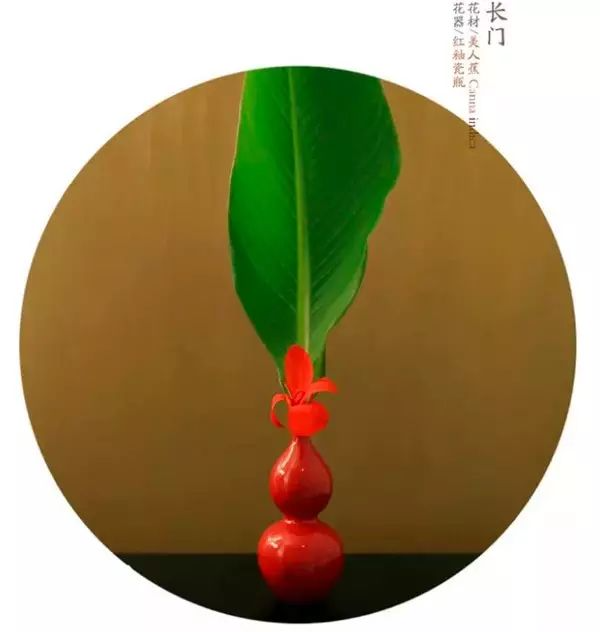
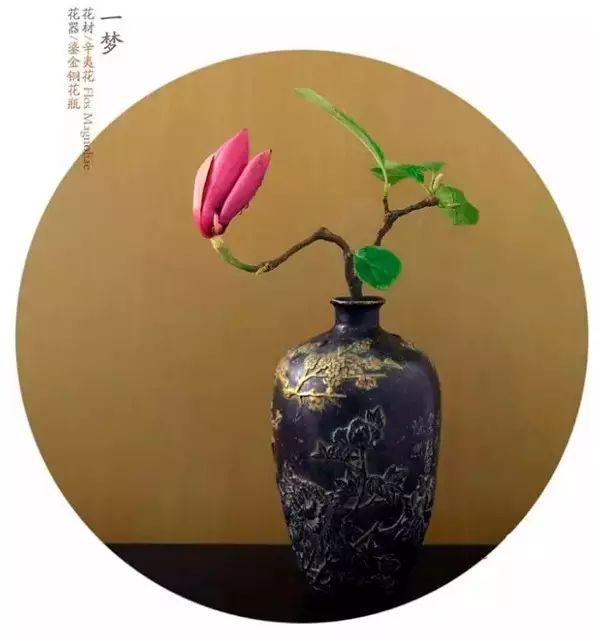
3. Key points of table flower arrangement
When there is an incense burner on the table, it is strictly forbidden to use red or fragrant flowers in front of the table. This is because red symbolizes the color of fire, and the fragrance of the red symbolizes the smell of burning incense. It is best to place flowers in front of the table in a natural and casual manner. If there are already fresh flowers or hanging flowers in the niche, there is no need to use flower arrangements in front of the table, but other decorations can be placed.
